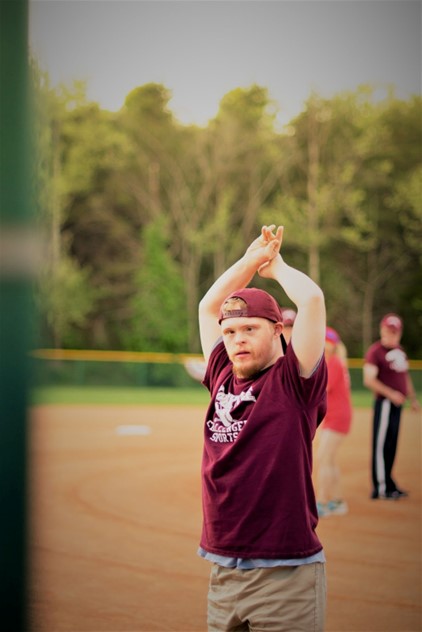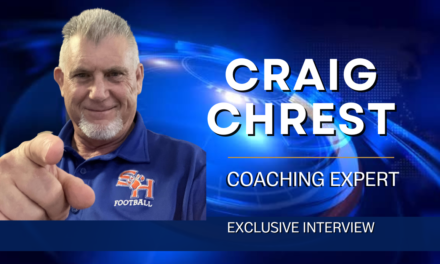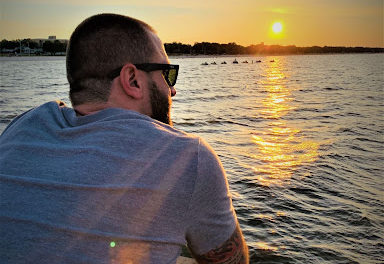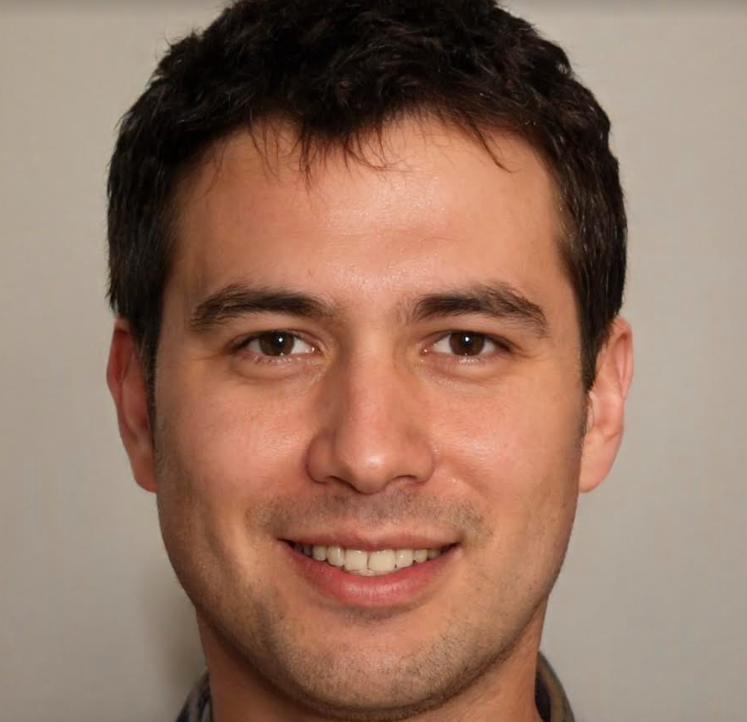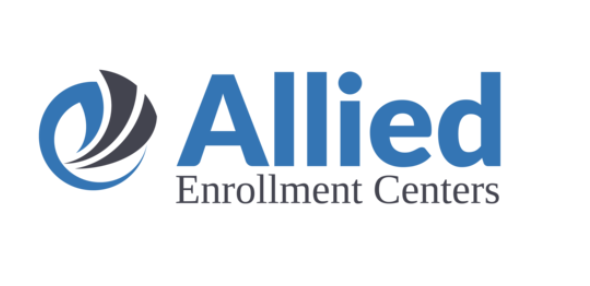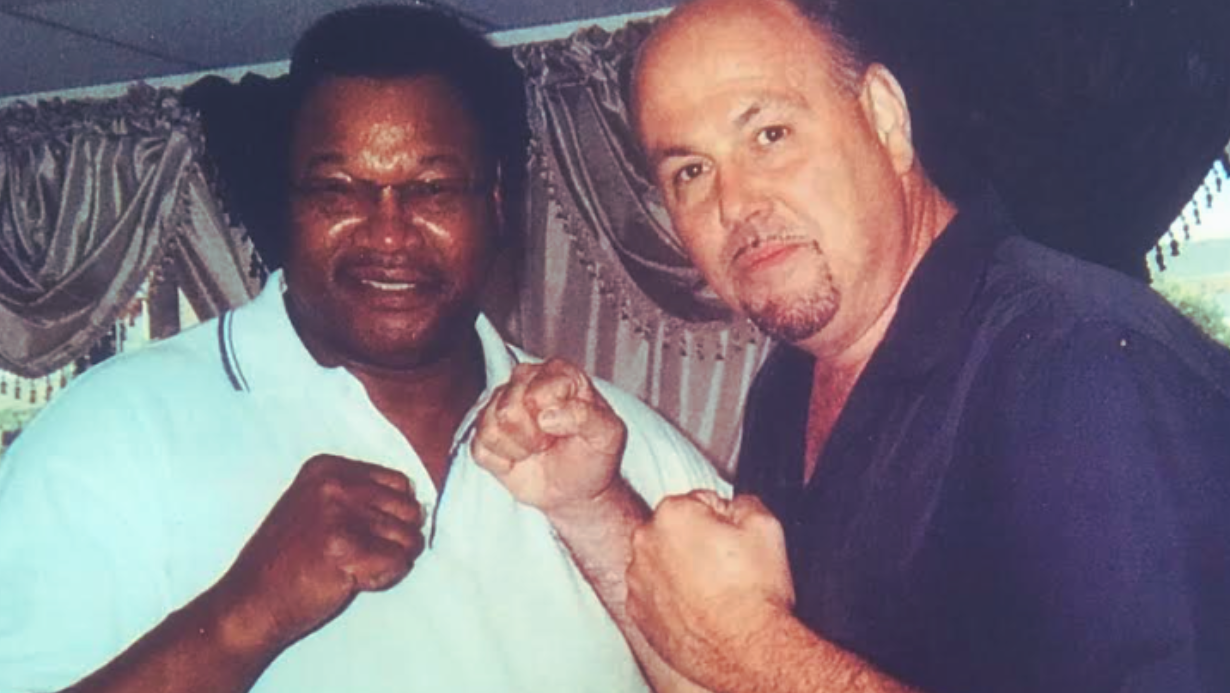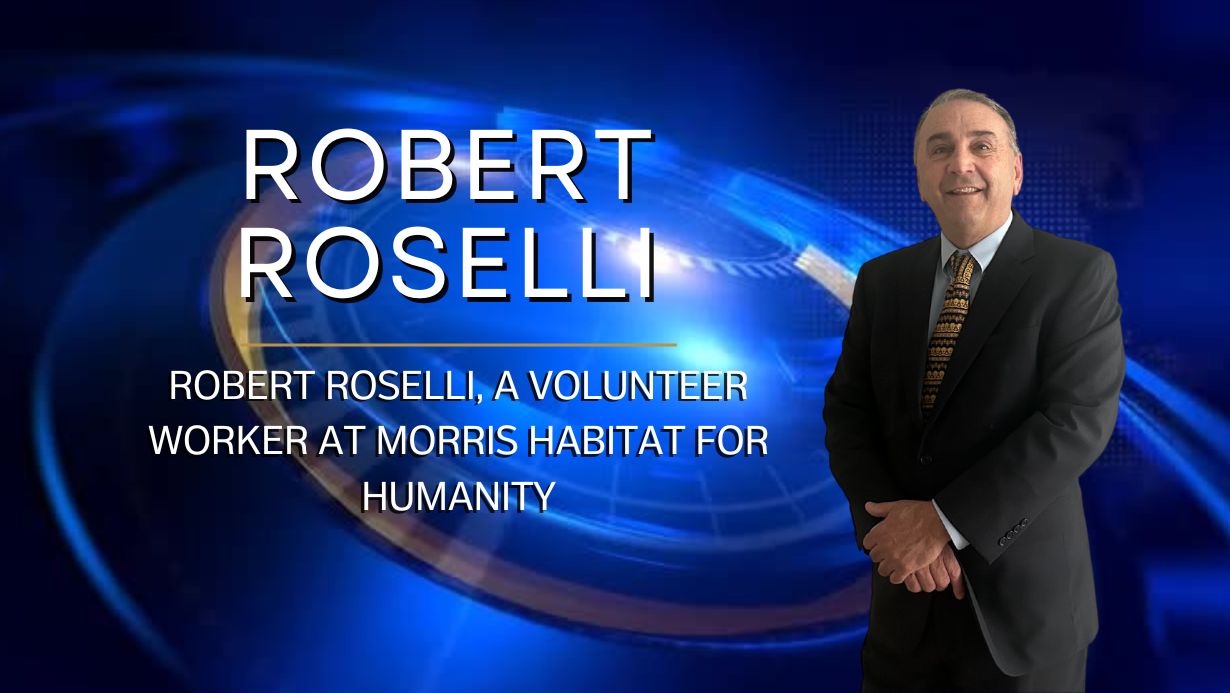Participation in athletics provides physical, social, and mental benefits. Providing opportunities for more athletes to share a field or court amplifies these.
The joy, challenge, and community-building aspects of athletics are an excellent opportunity for all to develop physical and social skills in a team environment, according to athlete David Bennett Galloway III.
While different organizations focus on providing access to athletics and special needs athletics, these activities often occur in silos and limit interaction between athletes. The heart is in the right place by ensuring special-needs athletes have access to unique challenges designed to accommodate unique needs, but the experience is also not as inclusive as it could be.
Sharing the Field
As a multi-talented high school athlete and scholar, David Bennett Galloway III enjoyed many unique opportunities to volunteer and connect with his community. One event repeated throughout his high school years was participating in Screaming Eagles Special Needs events.
This unique organization operates near Galloway’s hometown in the midlands of South Carolina and helps high school and college athletic programs partner with special-needs athletic programs to create a shared environment that is adaptable to all needs and allows for diverse team events.
For all participants, including David Bennett Galloway III, programs like this are an opportunity to interact and engage with others on the field and court through activities all are passionate about. The shared experiences are enjoyed, and while any differences in ability are addressed, they are not the focus.
Instead, the focus is on the sport and the experience of playing with new teams who are in it to win but also fully embrace the unique happiness a shared athletic experience can bring to all.
By participating in athletics, everyone is able to develop more self-confidence to use on and off the field. Exercise also occurs in a fun and non-judgmental way. For many special needs athletes, without these types of programs, opportunities to move are generally limited to more structured environments like therapy sessions. With sports participation and training, new movement patterns can be explored outside of essential exercises strictly targeted for maintaining muscle mass and bone density. At the same time, those benefits are still being provided.
With the win-win aspects of more structured and all-inclusive social or competitive athletic programs, the opportunity exists for greater inclusion off the field — a long-term goal of advocacy groups. Shared social and team experiences could be an accelerator for that cause and should be explored whenever possible to the benefit of all.
